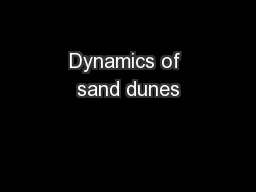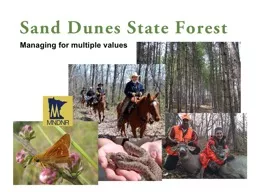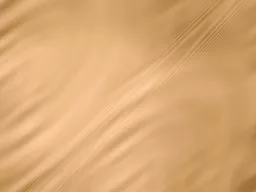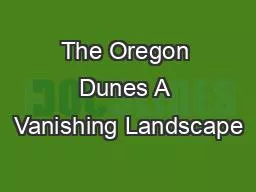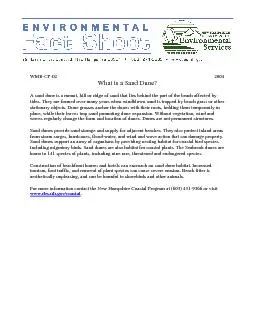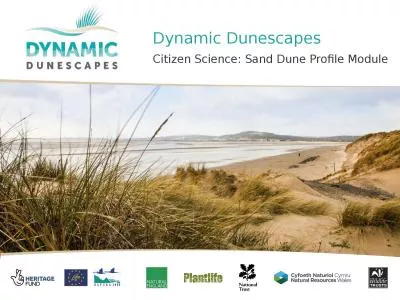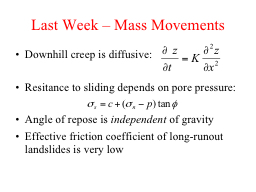PPT-Dynamics of sand dunes
Author : olivia-moreira | Published Date : 2016-03-12
stabilization Or What can nonlinear dynamics tell us about ecology Shai Kinast The Negev Physics Fete March 15 2013 Sand dunes A patternforming system Morocco
Presentation Embed Code
Download Presentation
Download Presentation The PPT/PDF document "Dynamics of sand dunes" is the property of its rightful owner. Permission is granted to download and print the materials on this website for personal, non-commercial use only, and to display it on your personal computer provided you do not modify the materials and that you retain all copyright notices contained in the materials. By downloading content from our website, you accept the terms of this agreement.
Dynamics of sand dunes: Transcript
Download Rules Of Document
"Dynamics of sand dunes"The content belongs to its owner. You may download and print it for personal use, without modification, and keep all copyright notices. By downloading, you agree to these terms.
Related Documents

